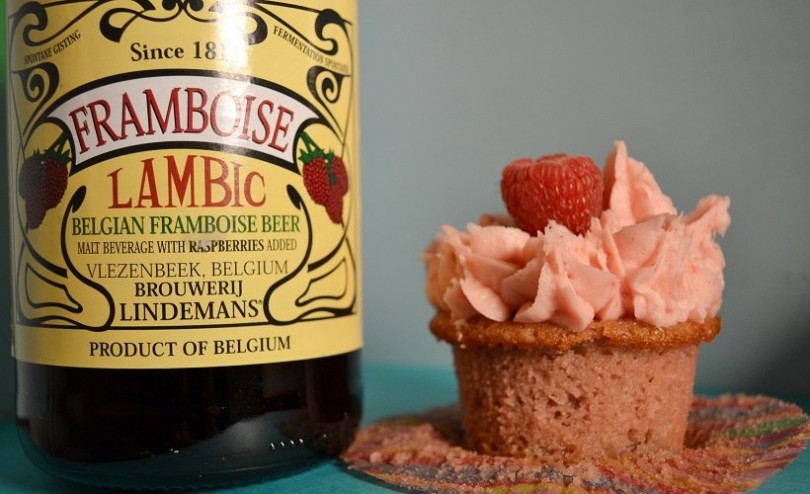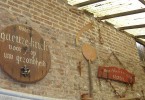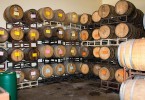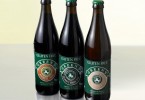Spontaneous fermentation beers
Spontaneous fermentation beers are sort of special beers where the fermentation happens not because the yeasts (belonging to the family of Carlsbergensis or Cerevisiae) are added in the must but because the bacteria and yeasts in the air are able to activate the fermentation. Among them we can find: Brettanomyces, Acetobacter, Lactobacillus, Pediococcus, Saccharomyces Uvarum (the yeast of the wine), Saccharomyces Bayanus, Escherichia coli and Enterobacter.
The most important area of production of these beers is situated in Belgium, in the region of Pajottenland, enclosed in the valley of Seine in the south west part of Brussels, more precisely in the quarter of Anderlecht.
The must ferments for a period of time that can varies from some months up to some years in huge tanks placed outside. The yeasts in the air come into contact with the must and, multiplying cause the transformation of the sugars into alcohol.
Types of spontaneous fermentation beers

[wysija_form id=”8″]
Lambic, sour beer with a low alcoholic volume produced with a mix of wheat malt and barley malt, together with aged hop. This style was born in Belgium, in the area surrounding Brussels. It is obtained through the open fermentation of yeasts called “wild yeasts”. The main characteristic of Lambic is the lack of carbonation and foam. The ageing occurs in kegs for six month up to a year (young beer) or three years (old beer).
Gueuze o Geuze, also called the Champagne of Brussels. It is a blend of two different Lambic beers, usually a younger and an older one.
Flemish, it is distinguished in two different categories: West Flanders Red (Flemish Red) and East Flanders Brown (Flemish Brown or Oud Bruin). The different production areas give the name to this type of beer, one is located on the west part and one on the east part of the Flanders. The differences between the two beers are: the secondary fermentation, in wood kegs for the Flemish Red and in iron fermenters for the Flemish Brown, which make them less sour.
Faro, some candied brown sugar is added in this lambic in the second fermentation.
Kriek, lambic with cherries
Frambozen, lambic with raspberries
Gose, a German beer spread in Lipsia with a savoury taste as a consequence of the use of salt or water rich in minerals.







